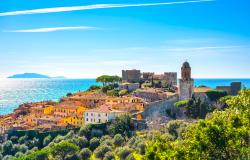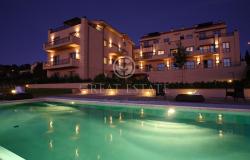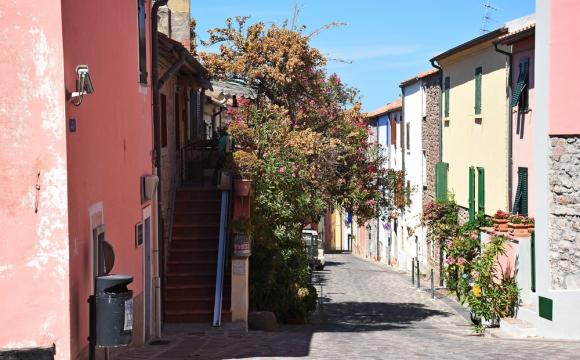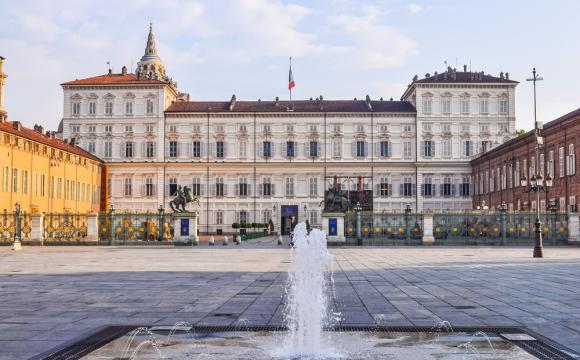Slow demand, static prices but a softer landing than elsewhere in the Western world. This, in a nutshell, is the state of the Italian property market, according to the latest report by Italian research institute Nomisma.
In the first half of 2008, the economic slowdown that hit the country—coupled with the local banks’ strict mortgage-granting criteria and the global credit crunch—put off large numbers of private and investment buyers, causing a drop in residential sales.
First time buyers were instrumental in keeping the market afloat, accounting for 51% of all the sales. Homeowners considering an upgrade or a second home purchase, by contrast, are waiting for better times. The buy-to-let sector is looking particularly grim. Stagnating rents brought yields for residential homes down to 4.9%, so many investors are sitting on the fence.
The unappealing state of the rental market also appears to be one of the contributing factors that have determined an expansion in the supply of properties for sale over the last six months. With too many homes on the market and a shortage of buyers, sale times have gone up to a staggering 5.6 months for resale homes and five months for new ones.
It is hardly surprising then that, between January and June 2008, prices saw the lowest rise of the decade, growing at a nominal rate of 2.1% — the equivalent of mere 1.1% annual increase once inflation is taken into account. At the same time, discounts over the asking price reached 12.2% for resale homes and 5.1% for new ones. This is particularly true in some Southern Italian cities, where the difference between sale and asking price can be as high as 15% (although Southern Italy as a whole is performing better than the North).
The Nomisma study also points out that real prices have already decreased in four large Italian cities — Milan, Venice, Florence and Bologna — and predicts that the rest of the country will follow suit in the second half of 2008.
“We foresee nominal prices will remain stable in 2008, and therefore real prices will decline by the same amount as the inflation rate,” states the report.
Total sales will also drop during the rest of the year, according to Nomisma. Families intending to buy a property in the next twelve months are just 1.8%, so volumes are likely to decrease by at least 80,000 units by the end of 2008, bringing the market back to 2002 levels. As a result, the Nomisma researchers expect that “the overall value of sold housing stock [which was 123 billion euros in 2007] will go down to 110 billion in 2008.”
This trend will continue in 2009 when nominal prices are predicted to remain stable throughout the country, thus decreasing in real terms.
That said, Italy is looking healthier than countries such as the UK, Ireland and the US, where property values are already shrinking fast.
This is partly due to the fact that the Italian housing boom of 1998-2007 did not trigger the same increase in new builds that took place in other European countries, such as Spain.
Similarly, Italian credit policies have always been tight, thus protecting the country from a financial crisis like the one that hit the US last year, and preventing a flood of repossessed homes entering an already overstocked market.
Add to this that, even during the boom, the rise in Italian prices was relatively contained compared to other Western economies and, says Nomisma, it follows that “the readjustment in values is expected to be far less traumatic” than elsewhere.


















